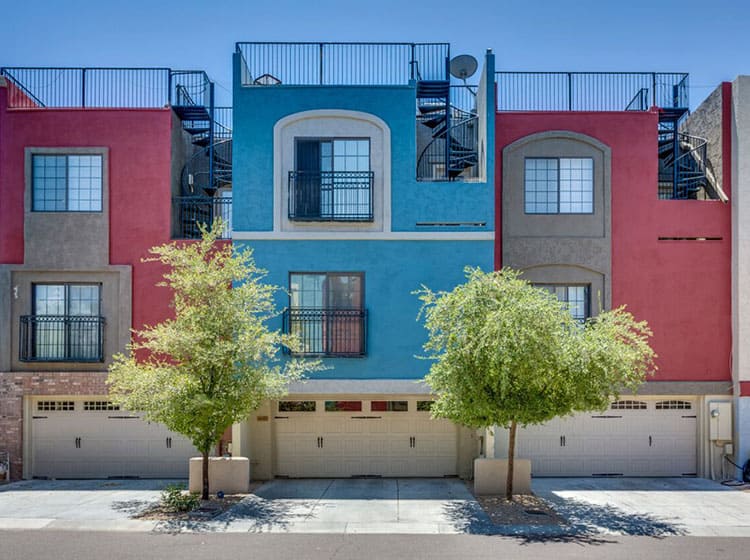Discover Exactly How Seasonal Aspects Affect Business External Painting Success And Discover The Most Effective Times To Guarantee Lasting Results For Your Job
Discover Exactly How Seasonal Aspects Affect Business External Painting Success And Discover The Most Effective Times To Guarantee Lasting Results For Your Job
Blog Article
Produced By-McLamb Urquhart
When you're preparing a commercial exterior paint task, seasonal factors can make or damage your outcomes. You'll intend to consider exactly how temperature and humidity impact paint application and drying out times. Choosing the right period can ensure your paint sticks effectively and lasts longer. Yet which Recommended Webpage are really the most effective for this sort of work? Let's check out the crucial elements that can influence your task's success.
The Influence of Temperature on Paint Application
When you're preparing an industrial exterior painting task, the temperature level can considerably influence exactly how well the paint sticks and dries out.
Preferably, you intend to repaint when temperatures vary between 50 ° F and 85 ° F. If it's as well cool, the paint may not cure appropriately, leading to issues like peeling or fracturing.
On the other hand, if it's as well hot, the paint can dry as well promptly, stopping appropriate attachment and leading to an irregular coating.
You must additionally think about the moment of day; morning or late afternoon supplies cooler temperatures, which can be extra desirable.
Constantly inspect the supplier's recommendations for the specific paint you're utilizing, as they typically supply advice on the excellent temperature level variety for optimum outcomes.
Humidity and Its Impact on Drying Times
Temperature level isn't the only ecological factor that affects your industrial exterior paint task; humidity plays a considerable duty too. High humidity degrees can slow down drying out times substantially, affecting the overall top quality of your paint job.
When the air is filled with wetness, the paint takes longer to cure, which can result in issues like poor bond and a higher threat of mold growth. If you're painting on a particularly humid day, be planned for extensive delay times in between layers.
It's important to check local climate condition and plan as necessary. Ideally, aim for moisture levels in between 40% and 70% for optimum drying.
Keeping these factors in mind guarantees your project stays on track and provides a long lasting finish.
Best Seasons for Commercial Outside Painting Projects
What's the best time of year for your commercial exterior painting jobs?
Spring and early loss are normally your best bets. Throughout these seasons, temperature levels are mild, and humidity degrees are usually lower, creating optimal problems for paint application and drying out.
Avoid summer season's intense heat, which can cause paint to completely dry also rapidly, causing bad adhesion and finish. Similarly, winter months's cool temperatures can hinder proper drying out and healing, taking the chance of the durability of your paint job.
Go for days with temperatures between 50 ° F and 85 ° F for optimal results. Remember to examine the local weather forecast for rain, as damp conditions can spoil your task.
Preparation around these elements ensures your painting task runs smoothly and lasts much longer.
Conclusion
To conclude, intending your business exterior paint projects around seasonal factors to consider can make a substantial distinction in the result. By commercial painting & coating contractor during the suitable temperature levels and moisture levels, you'll ensure much better bond and drying out times. Keep in mind to watch on local weather report and choose the right time of year-- springtime and very early loss are your best bets. Taking these steps will aid you achieve a long lasting and expert surface that lasts.
